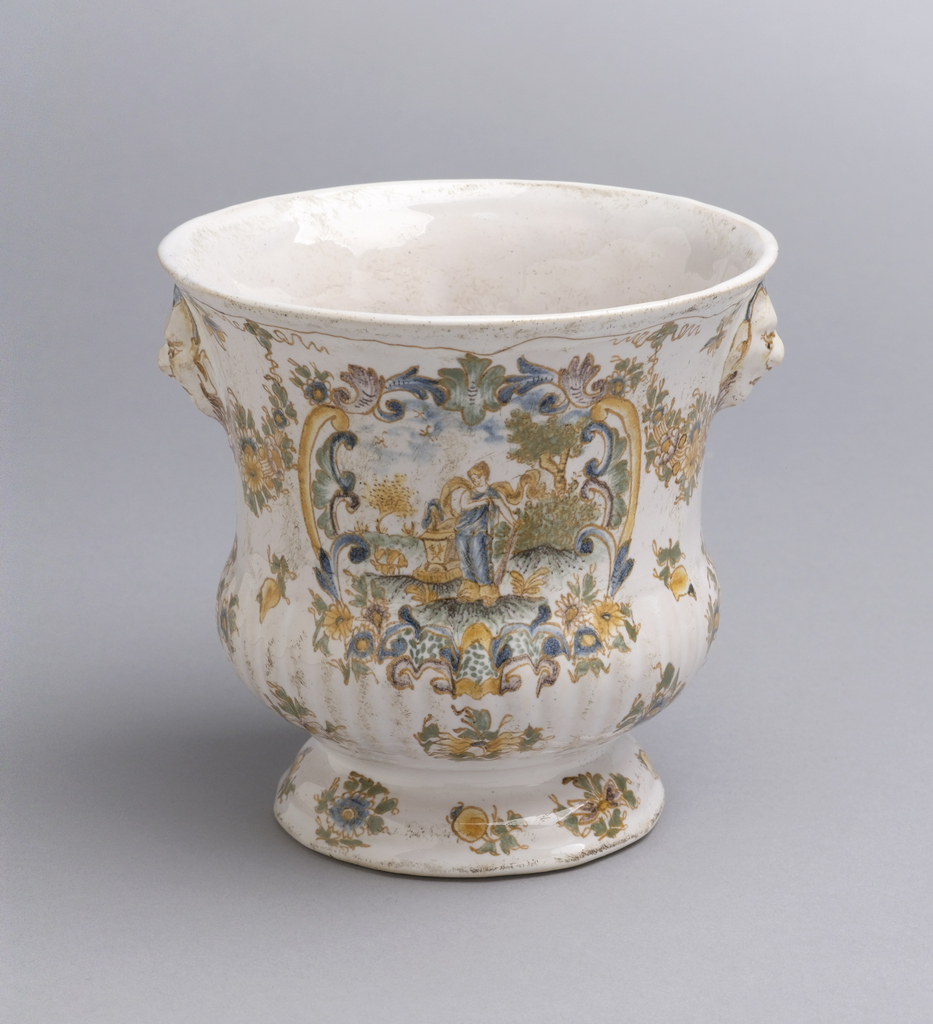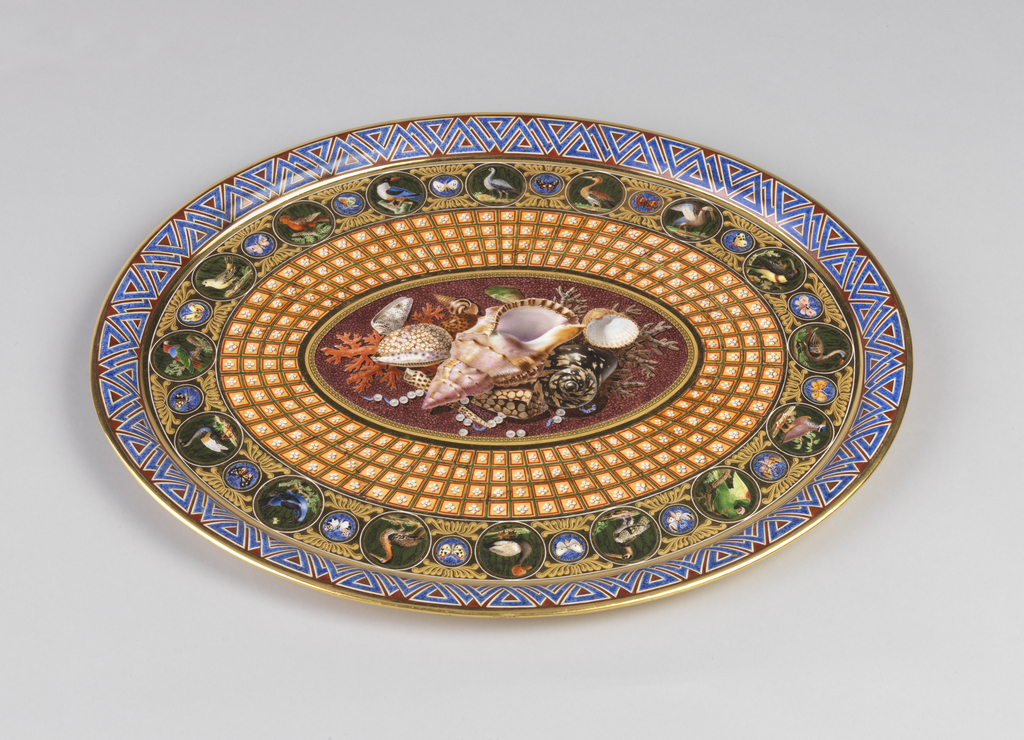September is New York Textile Month, a citywide celebration of textile creativity. As in past years, the museum is collaborating with the Textile Society of America. A non-profit professional organization of scholars, educators, and artists in the field of textiles, TSA provides an international forum for the exchange and dissemination of information about textiles worldwide....
This bronze brooch by John Iversen, in the form of a delicate decaying leaf with all its ripples and tears, celebrates the variety, cycles, and even decline found in nature. Variations in the metal’s color and finish meticulously capture a dry leaf’s faded hues and brittle textures, heightening a sense of nature’s unpredictability and randomness....
Searching through the collection, looking for something different to write about, I came across this lovely ceramic pitcher which features an exterior molded to resemble a tree trunk, branches with blossoms, and a gnarled branch handle. It captured my interest because its motif and colors are particularly evocative of Vincent Van Gogh’s painting, The Almond...
In this age of electronic assistants, it is hard for many to fathom a time when telephone service was limited and mail, or what today is referred to as “snail mail”, was the order of the day. During the early decades of the twentieth century written letters were the most common form of communication, and...
Author: Yoshiko Iwamoto Wada This is a page from the book The Japanese Art of “Kusaki-zome,” Nippon Colours: Dyeing in a Hundred Colours with Juices of Plants and Grasses, by Akira Yamazaki, grandfather of my colleague Kazuki Yamazaki, who is, along with his father, Seiju Yamazaki, among the foremost authorities in Japanese natural dyeing and...
This vibrant mural design by Charles Baskerville for A Jaguar Hunt in a Mexican Jungle presents an imagined vision of a lush, foreign environment. Part of a group of studies for the pool house (called the Mexican Pavilion) at the Cornelius Vanderbilt Whitney Estate, the eight-hundred-square-foot mural transported Long Island residents and guests to a...
This Jardinière was made of faïence, the French term for tin-glazed earthenware based on the name of a town in Italy-Faenza, with which its production is associated from the Middle ages and before. This example is from Moustiers, France, a town in the Alpine area in the southeast of France, where faïence has been made...
This oval tray represents the unique collaborative effort between Alexandre Brongniart, the director of Sèvres appointed in 1800, and his father, the designer Alexandre-Théodore Brongniart. The younger Brongniart’s passion for the natural world is reflected by the scientific precision of the biological species represented in finely painted enamel. Small roundels of exotic birds and butterflies...







